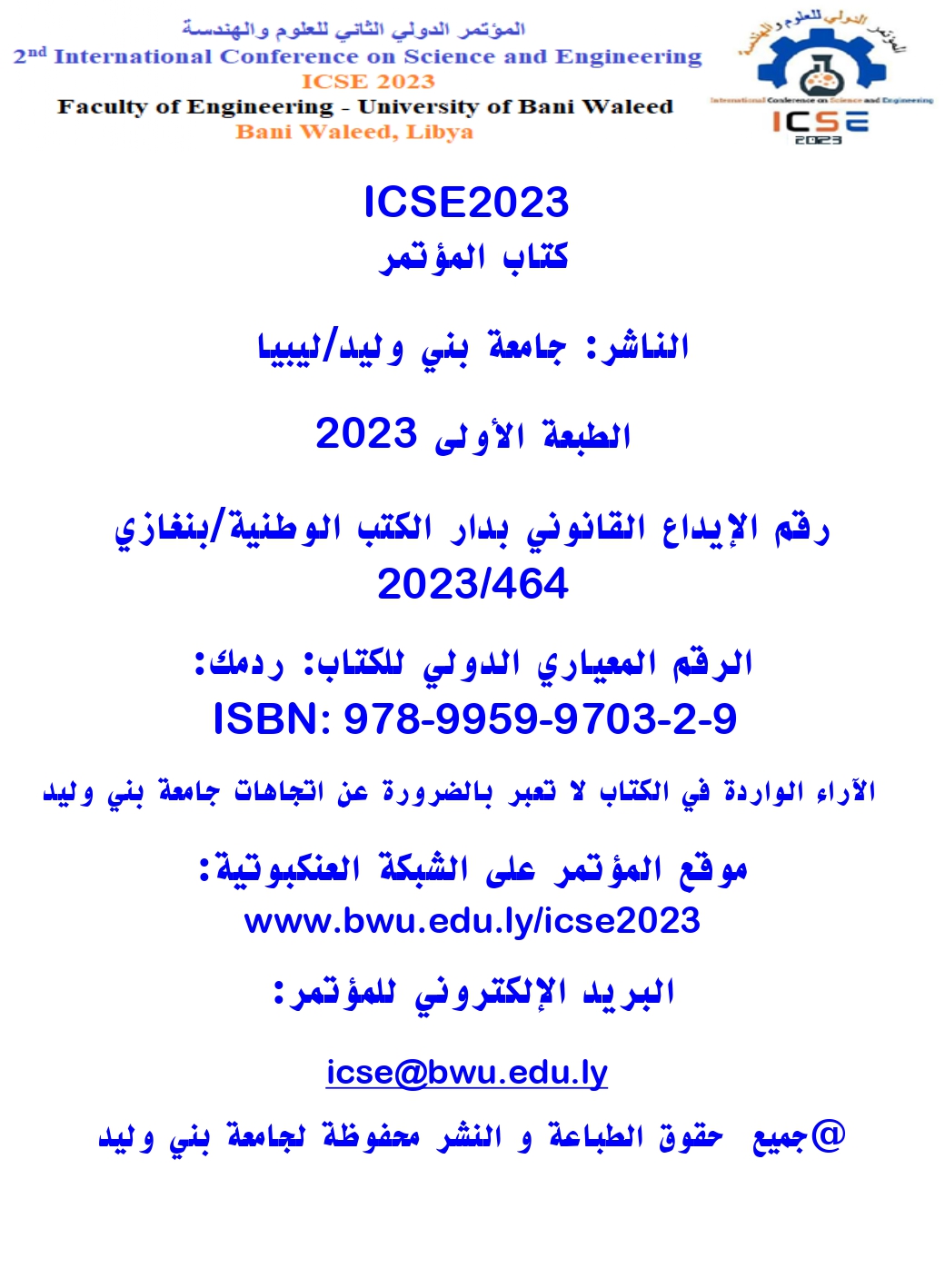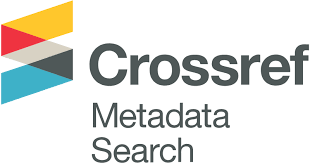Compression of Medical Images Based on 2D-Discrete Cosine Transform and Vector Quantization Algorithms
DOI:
https://doi.org/10.58916/jhas.v8i3.151Keywords:
PSNR, JPEG, DCT, Compression Ratio, CTAbstract
Abstract: In this paper, two types of Medical images which were collected from CT scan and Ultrasound system in order to reduce the number of bits needed to represent a medical image with preservation of image quality. Medical imaging has a great impact on diagnosis of diseases and preparation to surgery. On the other hand, the storage and transmission is an important issue due to massive size of medical image data. For example, each slice of CT images is 512 by 512, and the data set consists of 200 to 400 images leading to 150 MB of data in average .An efficient compression of the medical data can solve the storage and transmission problem. Medical images are compressed using proposed algorithm that includes two techniques which are discrete cosine transform DCT and Vector Quantization VQ. The paper started from collecting Medical images, and developing compression algorithms by DCT-QV using MATLAB and evaluate the performance of these techniques by measuring the difference between the original image and compressed images using Peak Signal to Noise Ratio PSNR, mean square error MSE, compression ratio CR, and bit per pixel BPP and. Experimental results show that proposed algorithm produces a high quality for compressed images with acceptable compression rate in terms quantization level is more than 30%.
Downloads
References
Mohta, J. (2015). Image Compression and Gamma Correction using DCT. T International Conference on Futuristic Trend in Computational Analysis and Knowledge Management (ABLAZE- 2015, 1(1).
Kusuma, E. D., & Widodo, T. S. (2010). FPGA Implementation of Pipelined 2D-DCT and Quantization Architecture for JPEG Image Compression. IEEE.
Trang, & Bihn, D. N. (2010). A High-Accuracy and High-Speed 2-D 8x8 Discrete Cosine Transform Design. Proceedings of ICGCRCICT, 1, 135–138.
Jain, N., & Mishra, B. (2015). DCT and CORDIC on a Novel Configurable Hardware. 2015 IEEE Asia Pacific Conference on Postgraduate Research in Microelectronics and Electronics (PrimeAsia) DCT, 51–56.
Wang, Y. L., Liao, C. Te, Su, A. W. Y., & Lai, S. H. (2010). Fingerprint compression: An adaptive and fast DCT-based approach. Proceedings - International Conference on Image Processing,ICIP,3109–3112.
Zheng, W., & Liu, Y. (2011). Research in a fast DCT algorithm based on JPEG. 2011 International Conference on Consumer Electronics, Communications and Networks, CECNet2011-Proceedings,551–553.
An, S., & Wang, C. (2009). A computation structure for 2-D DCT watermarking. Midwest Symposium on Circuits and Systems, (1), 577–580. https://doi.org/10.1109/MWSCAS.2009.5236026
Li, Z., Sun, X., Du, C., & Ding, Q. (2013). JPEG algorithm analysis and application in image compression encryption of digital chaos. Proceedings - 3rd International Conference on Instrumentation and Measurement, Computer, Communication and Control, IMCCC 2013, 185–189.















